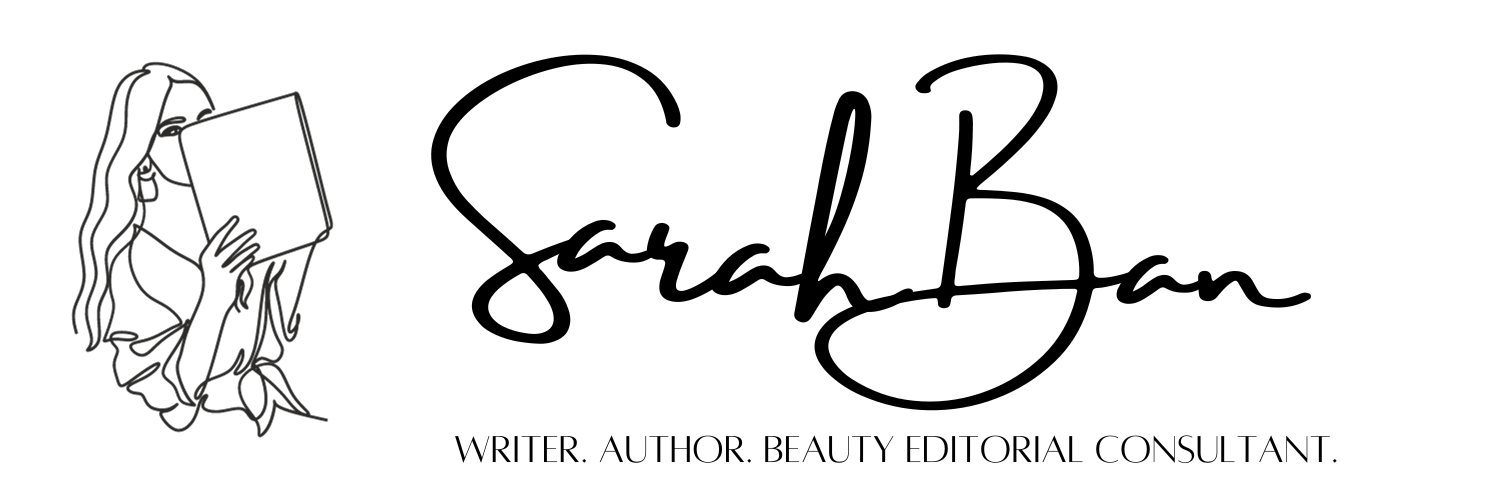According to a 2011 global study performed by Datamonitor, the following are the top reasons why customers are willing to pay more for a beauty product:
- It’s backed by scientific claims
- It’s organic
- It’s fair trade
- Sustainable packaging
- Rare and exotic ingredients
- Limited-edition packaging
The survey had 28,541 respondents and took place in 20 markets including Australia; Brazil; Canada; China; France; Germany, India, Italy, Japan; Korea; Netherlands; Russia; Saudi Arabia; Singapore; South Africa; Spain; Sweden; UAE; the UK; and the US.
So what does this mean for beauty brands?
In regards to reasons 1-4, it means that more and more competitors will develop and market their products so they fit customers’ expectations, resulting in an overusage of terms like “organic,” “all-natural,” “fair trade” in packaging claims until it becomes stringently regulated by the FDA.
At the same time, we’ll see legions of smarter, more dubious customers nit-pick, research and doubt new products as the market becomes heavily saturated with allegedly “pure” products.
We’ll also see more groups, particularly those that provide all-natural/organic certifications, that will find new ways to campaign for safe beauty products and shift their focus on educating the public in new and innovative ways.
Based on these trends, here are a few suggestions as you consider re-developing your web content:
You need to sound authentic. Yes, this is painfully obvious, but if your text sounds overly contrived or if words seem completely made up, it will immediately raise an eyebrow. Sometimes, there is such a thing as overcreativity. Don’t name your products “Aqua-ImmunoSqualane” or something equally as confusing. Try to find your true voice, then use it. Ask a professional for help if you can’t.
Back everything up and prove it. Get as specific as you can about how your products are all-natural, organic, fair trade, safe, etc… Make sure your proof isn’t jam-packed with scientific jargon. Find someone who can distill complex explanations into something readable and enjoyable for the reader.
Openly seek certifications. It’s important that you build a great relationship with third-party groups that research the scientific claims of beauty products and provide badges for those that receive high scores. These are relationships you want if your products are truly authentic — you’ll have nothing to fear. It’s important to publicize these relationships to your customer.
Build an expert advisory team. Journalists maintain a go-to contacts files for certain topic areas so they can get comments for a story in a jiffy. In the same vein, you, too, should build a list comprising formulation professionals, cosmetic scientists, dermatologists and even (or especially!) influential eco-bloggers such as the gals of No More Dirty Looks and Ecoholic. Get their assertions about your products in writing, add an Advisory Panel page to your site, and add their testimonials and bios. You think people won’t care enough to check that out? They will.
Explain the process. Simply put, tell your customers exactly how your products are formulated, where the ingredients come from and where they’re bought, how they’re stored, etc… You might think this is getting too detailed but a lot of transparency goes a long way. Customers will appreciate the effort.
CSR + PR it up. What good is a company that touts its eco-conscious products if the people behind it aren’t contributing to an eco-friendly environment themselves? Get your staff involved with environmental organizations, green up your office as much as you can (including telecommute hours!). Then blog about it. It’s a content marketing freebie!
What other techniques to you use to ooze authenticity on your site and ensure your customers know that your products are true to your word?

Comments are closed, but trackbacks and pingbacks are open.